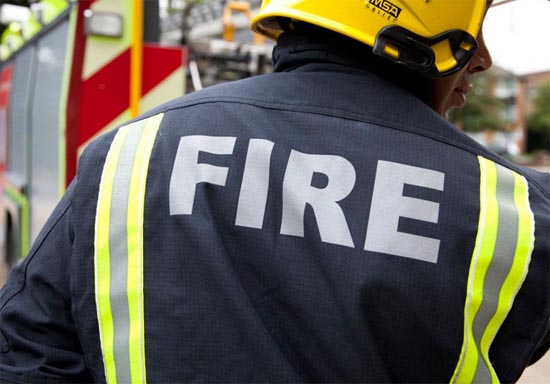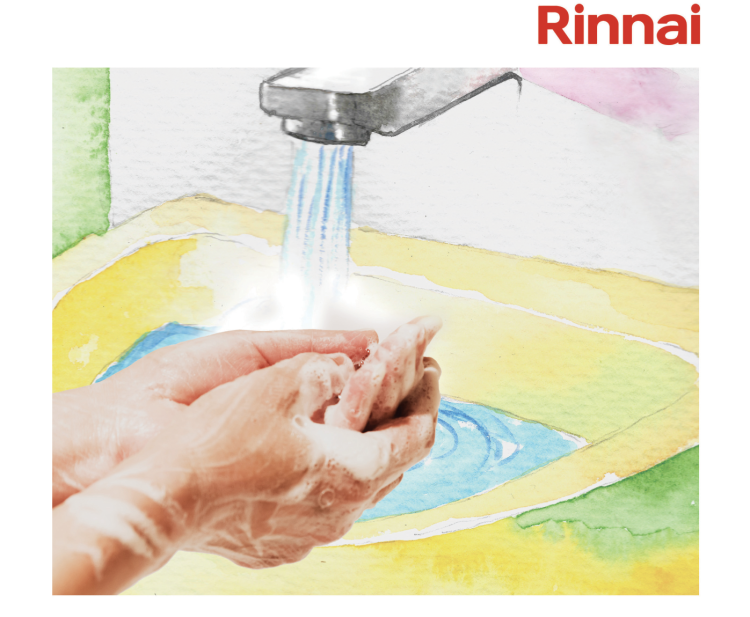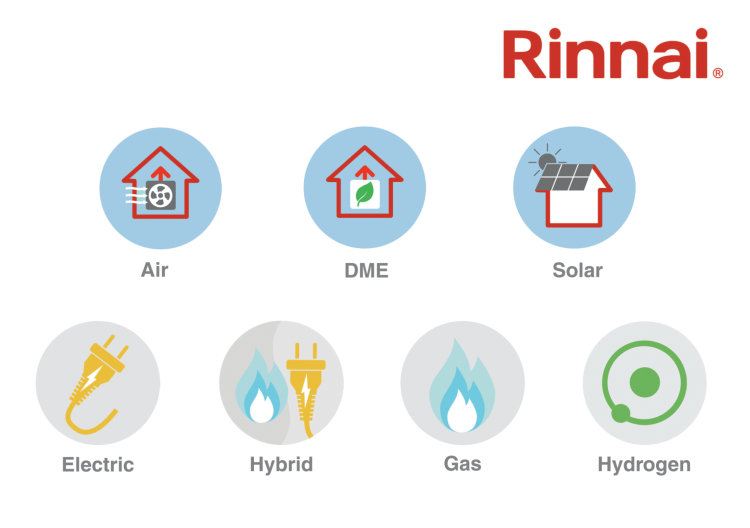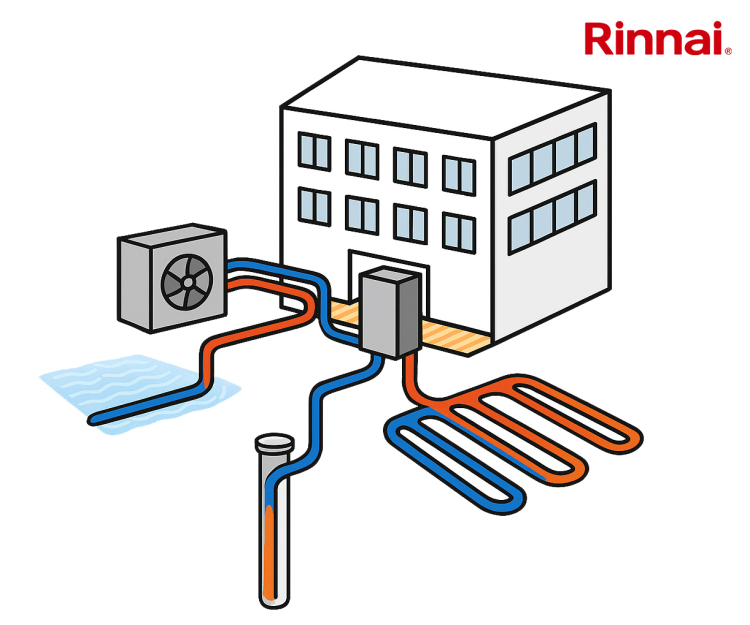- Content
- News
- Fire Brigade Welcomes Hackitt But Warns Of Under Resourcing
18 May 2018
The London Fire Brigade has welcomed the Hackitt proposals to increase fire service role in building safety - whilst warning the service is under resourced.
The recommendations are published as part of Dame Judith Hackitt’s Independent Review of Building Regulations and Fire Safety, commissioned following the Grenfell Tower fire.
The Brigade has raised concerns over the quality of construction of some buildings and has been calling for a review of building regulations for a number of years, with many of these recommendations included in the report.
Dan Daly, the Brigade’s Assistant Commissioner for Fire Safety, said: “We have a once in generation opportunity to save lives by ensuring buildings are built and maintained with proper fire safety measures.
“It took the Grenfell Tower tragedy for the fire safety of buildings to be taken seriously. Fundamental change is outlined and the Government must now take this forward without undue delay to ensure we have robust legislation and regulation in place to make buildings safer."
Addressing the issue of whether or not the report should have banned certain materials AC Daly continued: “We understand why many would want materials such as ACM cladding banned but The Brigade agrees with Dame Judith Hackitt’s conclusion this would not help safety in the long term. It’s more important that the review concentrates on appropriate testing regimes for building materials, tighter regulations and ensuring that competent people are making decisions about building safety.
“Context is as important as raw materials when it comes to making buildings safe. For example, a type of material used in an low rise office block could be safe but dangerous if used in a high rise block.”
Joint Competent Authority
Among the key areas addressed are that fire and rescue services are included within a new Joint Competent Authority (JCA) which would have a key role during consultation in the design, construction and refurbishment of buildings. This body will also include the Local Authority Building Standards and the Health and Safety Executive. This change would allow fire services to contribute fire safety expertise during all the key stages of a building’s life.
Dame Judith also recommends that fire and rescue services could lead on behalf of the JCA during the occupation and maintenance phases to ensure ongoing fire safety measure are correctly in place. Initially this JCA would look at existing and new buildings over 10 storeys that contain residential accommodation.
Skills gap
AC Daly continued: “However, the challenge for Government now will be to ensure there is proper funding to resource these new responsibilities and plug a nationwide engineering skills gap. This is a particular issue for London due to the sheer volume of high rises and building projects.
”We also hope that the use of sprinklers and other automatic fire suppression systems are given additional consideration as part of this work.”
Recommendations
The Brigade submitted its consultation response in October last year and has worked closely with Dame Judith to ensure that core areas of fire safety were covered. Other key recommendations the Brigade called for include:
-
A loophole to be closed that currently means that some very technical fire safety elements can be designed without the involvement of a competent fire safety professional, for example escape routes.
-
Formal qualifications or accreditation for those who install life saving systems such as smoke ventilation and fire detection and alarms.
-
Clearer definition of who is responsible for what under fire safety legislation.
-
A clampdown on companies who act as a building control body as well as offering fire engineering design advice without clear separation between the two roles.
-
A robust independent on site inspection programme that ensures the fire safety elements of a building’s design are translated into the finished construction.
Sprinklers
Another area the Brigade wants the Government to take forward quickly is further work around the requirements for and the installation of sprinklers in residential high rise buildings.
The Brigade has previously called for all residential buildings 18 metres and above should have sprinklers fitted during the construction stage for new buildings or retrofitted fitted within existing buildings, subject to a risk based approach that should include consideration of the vulnerability of the residents.
Fire Safety skills crisis exposed
There will be an increase in serious building fires unless the construction industry starts to take fire safety more seriously, wrote the London Fire Brigade in its submission to the Hackitt Review.
The responsibility for ensuring buildings are constructed with proper fire safety measures sits with the construction industry and yet a general lack of competence means that dangerous decisions are being made about buildings’ design or construction.
The Brigade does not have any legal power to approve a building’s design
Although we do not have any legal power to approve a building’s design nor have any role in checking how it has been constructed, our fire safety experts often face serious flaws when they inspect buildings including:
-
Significant construction defects – such as flawed compartmentation which can allow fire and smoke to spread.
-
Critical fire safety systems - such as mechanical smoke ventilation - that either were not installed as per the original design, were poorly designed or are not functional.
-
People in control of buildings not understanding or even knowing what fire safety measures are in place, let alone how best to maintain them.
Assistant Commissioner for Fire Safety Dan Daly said: “It took a tragedy for everyone to take fire safety seriously and listen to what the Brigade has been saying for years about skills. Urgent action is needed to better regulate those who are responsible for ensuring a building’s design, construction and maintenance are fit for purpose.
“There are countless points where a dangerous decision can be made about a building’s design or upkeep and hardly any measures to ensure that the people making those decisions are sufficiently experienced and properly qualified.
“This means that potentially dangerous design flaws could exist within a building until we either find it at a later date, or in the worst case scenario, it is exposed by a serious fire.
“We don’t have the legal powers or the resources to check the entire fabric of a building but we often uncover dangerous flaws that we can’t ignore.”
Daly called for:
-
A loophole to be closed that means that some very technical fire safety elements can be designed without the involvement of a competent fire safety professional for example escape routes Currently, what can and sometimes does happen, is that the designs are developed by those without sound knowledge of fire safety principles who are often neither qualified or suitably experienced in fire safety design.
-
Formal qualifications or accreditation for those who install life saving systems like smoke ventilation and fire detection and alarms.
-
Clearer definition of who is responsible for what under fire safety legislation.
-
A clamp down on companies who act as a building control body as well as offering fire engineering design advice without clear separation between the two roles. Worse still, some of these companies advertise how quickly they can get designs through the building control process, promoting speed over proper scrutiny. There is a need for approving authorities to maintain their independence and impartiality within the process.
-
A robust independent on site inspection programme that ensures the fire safety elements of a building’s design are translated into the finished construction
Daly continued: "During planning and construction the responsibility to ensure buildings have proper fire safety measures incorporated sits with those undertaking the work.
"Once a building is completed it is the legal requirement for the person responsible for it to carry out a suitable and sufficient fire risk assessment and put in place a plan to mitigate those risks for example, by having adequate means of warning in place if there is a fire and clear routes so people can escape.
"We do not carry out fire risk assessments but it can audit them. In a residential building these assessments are limited to the common parts such as stairwells and store cupboards. They are not about the other parts of the fabric of a building such as cladding, external wall assembly including cladding.
"However, we don’t have resources to audit every fire risk assessment in London."
Picture: The London Fire Brigade has contributed to the Hackitt Review whilst highlighting its own limitations.
Article written by Brian Shillibeer | Published 18 May 2018
Share
Related Articles
Hackitt's Hatchet - Dame Judith Takes Swipe At Not Fit For Purpose Building Regulations and Fire Safety
Dame Judith Hackitt's Independent Review of Building Regulations and Fire Safety: final report was published on May 17.
The review was commissioned in the wake of...
Read Full Article
Brokenshire Declares Building Regs Broken
May 17 - the Government has made a series of commitments to major building safety reforms. They were announced by James Brokenshire MP and Secretary of State for Housing,...
Read Full Article
Taking A Shine And A Hatchet To Hackitt
A number of different organisations have responded to Dame Judith Hackitt's Independent Review of Building Regulations and Fire Safety - some supportive, some...
Read Full Article
£80m of Contracts for Parliament Refurb
Almost £80m in surveyor contracts were made available this week as part of the biggest heritage restoration project ever undertaken in the UK – the £4bn...
Read Full Article
Building In Safety - What's Next In Fire Reform
Building a Safer Future: Proposals for Reform of the Building Safety Regulatory System is the title of a paper and consultation that closed in July that will inform...
Read Full Article
SFG20 Hosts Interview With Dame Judith Hackitt
SFG20, the industry standard for FMs and building maintenance teams, has interviewed Dame Judith Hackitt to discuss the Building Safety Act and building safety...
Read Full Article
IWFM Calls on FMs to Update Fire Safety Knowledge for 2023
IWFM and PlanRadar have released a newly updated fire safety management good practice guide for its members.
The document covers the changes to fire safety from 23...
Read Full Article
Building Safety Changes – What to Look out for in 2022
The construction sector has seen a significant amount of progress in terms of building safety in the last 12 months, including the Fire Safety Act 2021 and The Hackitt...
Read Full Article
Parliament Panic - Parking Ticket Fans Protest Flames
Tuesday October 1 saw a man douse himself in petrol outside Parliament and try to set himself alight in protest at a parking ticket. The Met has said the biggest terror...
Read Full Article
Brighton Rocks - New Homes & Major Business Space Planned
What is being described as a 'once in a generation development’ has received the go-ahead.
The New Monks Farm development in Lancing and a development at...
Read Full Article


.gif)
.gif)
.gif)








.png)

